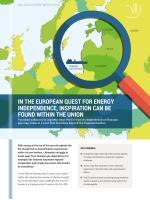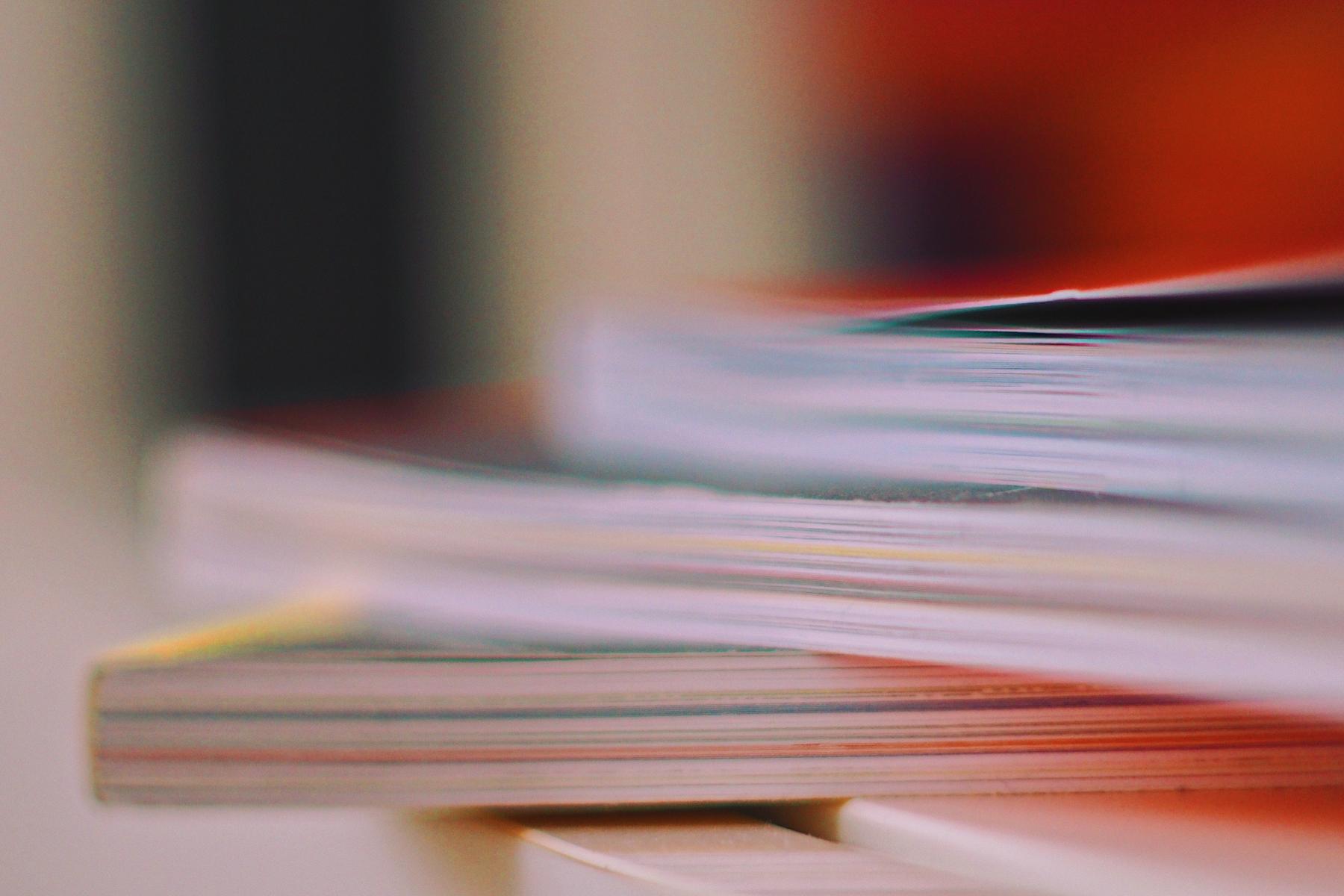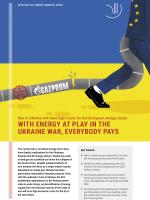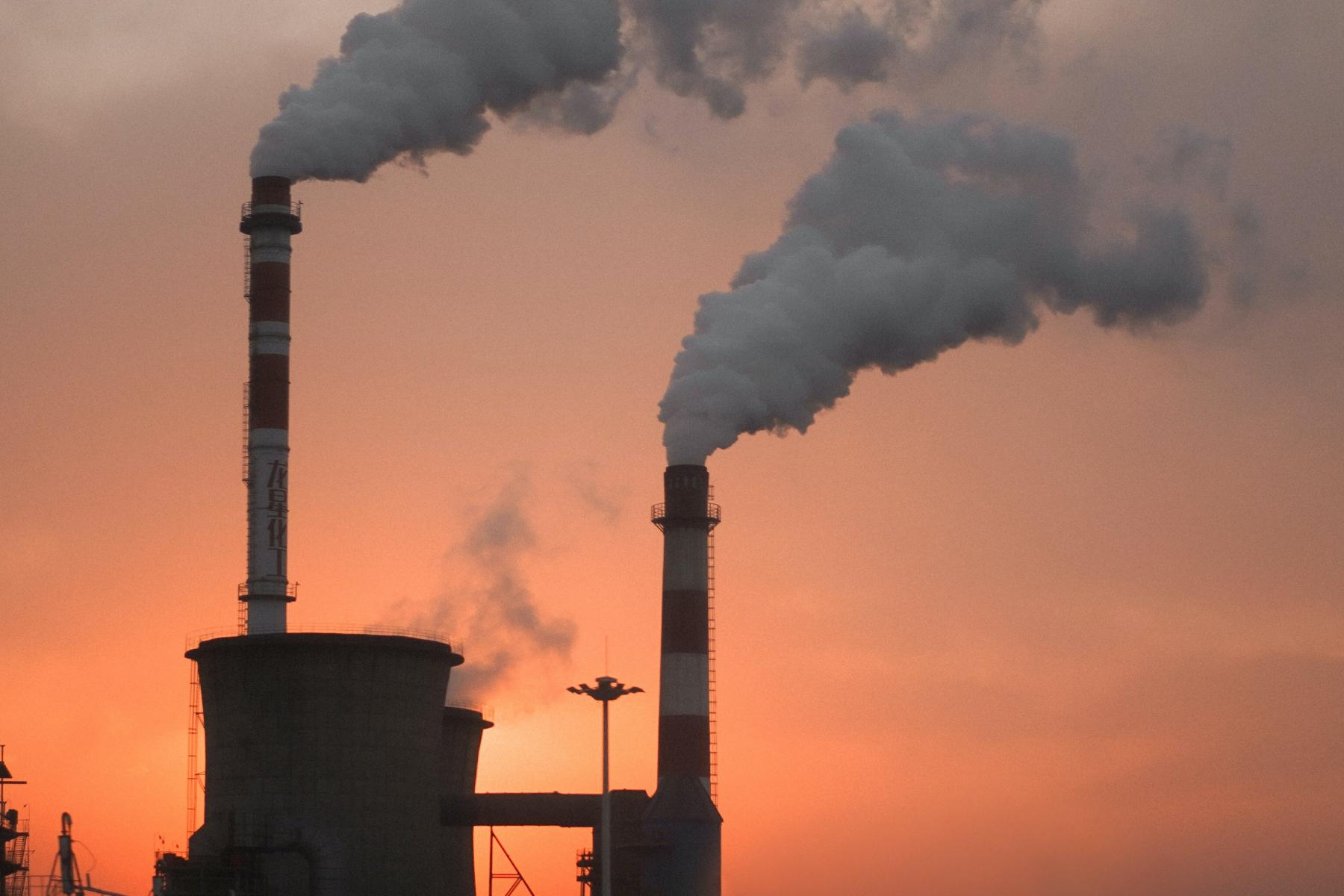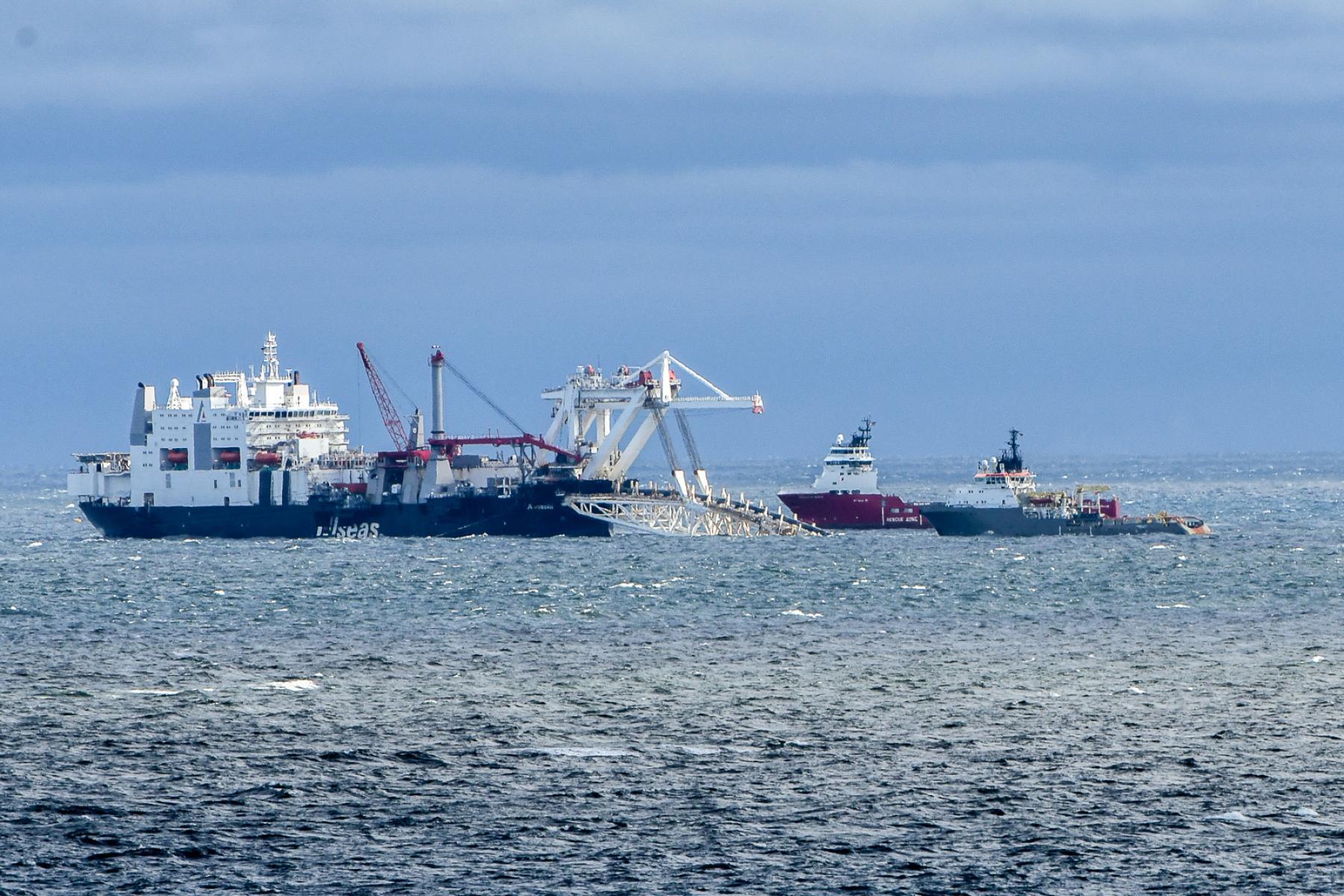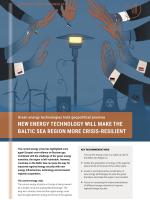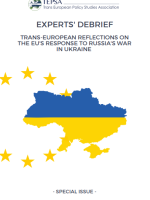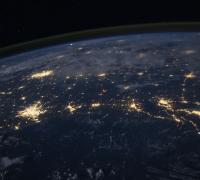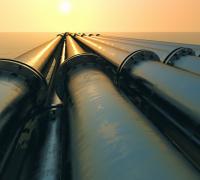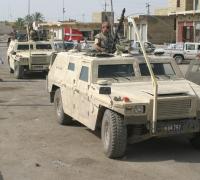In the European quest for energy independence, inspiration can be found within the union
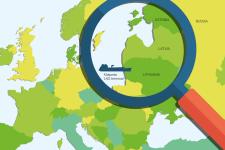
With energy at the top of the security agenda the EU should look to diversification experiences within its own borders. Lithuania’s struggle to break away from Russian gas dependency, for example, has fostered important regional cooperation and reveals key points that should be considered.
On the 24th of February the EU woke up to a harsh reality. Not only has the invasion of Ukraine brought war to the doorstep, it also challenges the vision of Russia as a trading partner. Russia is the EU’s fifth largest trading partner for exports and third largest for imports. With the focus on trade, less attention has been directed towards how Russia has used energy to influence political developments. Now, though, the recent events highlight just how vulnerable the EU is with Russia in its neighbourhood. Alas, this is not news to the easternmost member states.
- Energy has leapt to the top of the security agenda in Europe and should be treated as a regional challenge.
- The EU may find inspiration in the Lithuanian experience of diversification and regionalisation efforts.
- The EU technical track to building energy resilience needs to speed up but without losing sight of the climate agenda.
This abrupt confrontation with the dependency on Russian energy imports has left the Union in a conundrum. The EU imports around 40% of its gas from Russia every year and plans were underway to further increase the flow with the final certification of yet another westbound Russian pipeline: Nord Stream 2. Back in 2014 the former Prime Minister of Poland, Donald Tusk, noted: ‘Regardless of how the stand-off over Ukraine develops, one lesson is clear: excessive dependence on Russian energy makes Europe weak’. His words went largely unheeded, but not by all.
Gas is not like other commodities
How could Europe end up in this situation? A major misreading was that trade (including in gas) would create peaceful relations.
Trade has long been thought to ameliorate security tensions. Germany in particular held onto a strong idea that trading with Russia could create peaceful relations by establishing a Russia-friendly outlook in the EU. And for a long period the EU did in fact embody exactly this idea and interpreted communication, trade, and other interactions as pathways to peace.
However, natural gas is not a good like any other. Until recently, gas was primarily transported through pipelines, creating a sturdy relation between the buyer and the seller. The pipes restricted access to gas from other origins. Gas is not fungible in the way washing-up liquid or crude oil are. Or at least not in its gaseous form.
Cooled down to -162°C, natural gas becomes liquid, a freely tradable good, no longer restricted by pipelines. In this form natural gas (LNG) can be transported by sea and land. The Q-max LNG tankers in particular introduced a new scale of fungibility, enabling shipments of over 200,000 m3 of LNG that is turned back to gaseous form – expanding 600 times in volume – which can then be introduced into the pipelines.
Seeping into the global market, LNG enabled choice over who to import from, and who to exclude, launching a truly global natural gas market. This created energy security and reduced the potential for gas to be used as a tool for political pressure; but at a higher price and only if you had the infrastructure to support it.
For Europe, the majority of gas imports remain pipe-bound. Even after the introduction of LNG, the pipelines were still in use, and plans for new ones were being put in place. In energy politics, infrastructure lasts for decades once it has been built and path-dependency is extremely concrete.
This is where the EU found itself on the morning of the invasion of Ukraine: caught in a web of pipelines pumping gas into the European Union. Russian Deputy Prime Minister Alexander Novak assured Europe that Russia would do everything to maintain the gas flows to Europe, but he also noted that ‘Russia has every right to make a tit-for-tat move and impose an embargo on gas supplies through Nord Stream I’. This was clearly a warning message to remind the EU of its dependency on Russian gas and to stay out of the war in Ukraine.
The Ukraine war has aligned understandings across the Union of energy as a matter of security. With increasing tensions and the speculative scenario of immediate cut-offs of Russian gas, anxiety has risen. At an unprecedented pace, the European Union developed a plan on how to cut two-thirds of gas imports from Russia by the end of 2022. Urgency coupled with a feeling of existential threat has overtaken energy politics, and propelled energy onto the security agenda.
Learning from within?
The EU appears constrained by the urgency and by an unsettling sense of having to ‘start from scratch’. But if we look at developments within the EU, we can find examples of how to wean ourselves off Russian gas.
While many states of the post-Soviet space have been exposed to energy crusades, here we shall zoom in on Lithuania on the eastern border of the EU. Its experience with Russian energy after the collapse of the Soviet Union resembles the situation the EU finds itself in today.
Short of domestic resources, the newly re-established state of Lithuania was highly dependent on Russian energy, including oil, gas and nuclear fuel. The Soviet Union was known for its tactical placement of infrastructure, introducing interdependencies not only with Russia but also among bloc countries – weaving a multi-dimensional web of dependency.
The Kremlin started using energy to send messages even before the dissolution of the USSR. The first energy disruption in Lithuania occurred in April–June 1990, when Russia shut off the oil supply and significantly restricted gas flows. Hereafter, to varying scale and scope, Lithuania experienced politically and economically motivated energy disruptions correlating with political developments in 1992–3, 1998–9, 2006 and 2010–14. Unsurprisingly, energy independence became a central mission of Lithuania very early on.
In 2002 the Lithuanian net energy import dependency amounted to around 50%, gradually peaking at an 82% dependency in 2010, making Lithuania particularly vulnerable to political pressure through energy. Diversification of supply routes became crucial ‘should the pipes go somewhat dry again’, as stressed in an interview with a former strategic planner of the Lithuanian gas sector.
Breaking free from the empire of pipelines
Lithuanian efforts to break away from gas energy dependence on Russia have followed various routes and taken decades to fulfil. While an alternative oil supply route was established in the 1990s, gas diversification became a mission of the 21st century. The pipelines were locking Lithuania into a dependency running from east to west.
Overall, there has been a focus on both ‘going it alone’ and also on ‘regionalising’. In terms of going it alone, domestic and industrial use of energy was optimised to save resources (e.g. renovation of multi-apartment buildings). In addition, due to a sense of acute urgency, Lithuania went ahead without partners and invested in a floating LNG terminal which became operational in 2014. The message this sent is encoded in the name it was given – ‘Independence’. This infrastructure was the culmination of decades of strategic planning and self-determination. For Lithuania, ‘Independence’ meant finally breaking free by placing the country in a position to buy Russian gas if the price is right and not because no other choice is available.
With this infrastructure in place, the LNG terminal contributed to regional security too. With ‘Independence’, all three Baltic states gained access to the global market of natural gas, and with capacity amounting to 4 billion cubic meters of re-gasified natural gas per year, Lithuania, Latvia, and Estonia were insured against politically motivated gas supply disruptions.
Beyond the Baltics, Lithuania cooperated closely with Poland to adjoin their energy markets. In May 2022 a bi-directional gas interconnector between Poland and Lithuania (GIPL) will become operational, enabling the countries to flexibly send and receive gas across borders. Importantly, with the interconnection in place, both of the two LNG terminals, in Klaipėda and Świnoujście, will be utilised to serve their extended consumer bases. With more significant gas interconnections coming onstream in 2022–2023 (i.e. the Baltic Pipe and the Poland-Slovakia Gas Pipeline) the regional security nexus is taking shape.
The devil is in the infrastructure
Lithuania has learnt that energy infrastructure plays a double role: it can lock one into a dependency, but it may also be the very key to breaking away. By repeatedly addressing energy security issues in the region to fellow member states and the EU institutions, the efforts led to an eventual launch of BEMIP by the Commission in 2009. This Baltic Energy Market Integration Plan is aimed at the integration of the Baltic states into the EU energy networks through new interconnections (i.e. GIPL). The devil was in the old infrastructure that was inherited from Soviet times.
In a similar verin, when Lithuania held the presidency of the European Council in 2013, Lithuanian Minister of Energy at the time held that security and an internal market strategy were ‘the priority of the Lithuanian Presidency’. In late 2013 the European Parliament and the Council amended the guidelines for the trans-European energy infrastructure, known as projects of common interest (PCIs). The PCIs enlist projects that ensure energy security and align with the EU’s energy policy and climate agenda, but this time on the EU level at large.
Quo vadis, EU?
The lesson learnt from the Lithuanian experience is that dependency on a sole supplier of gas can be held against a country and used as leverage to attain political goals; the very tactics that we see being employed by Kremlin today. Lithuania also shows how piped gas energy infrastructure makes breaking away immensely costly and difficult. Furthermore, we see how it is key to establish a gas market where the buyer is at the steering wheel. ‘Russian gas does not smell any different’ as a former Lithuanian Minister of Energy told us in an interview before the Ukraine war. If the price is right, Russian gas can flow through Lithuanian pipes. But it is crucial to ensure that it does not come with strings attached – and alternative supply routes shield against that. Too often, politics have overshadowed the gas market, but a market only makes sense if politics are taken out of the equation, and economics prevail.
The European Commission has launched a new plan – RePowerEU – which clearly signals that the energy question has risen to the top of the security agenda and that energy infrastructure is a potential problem. This is news to some, while others get to say: ‘we told you so’. However, the lessons from Lithuania remain only half learnt. While the sudden rush to reduce dependency on Russian gas is crucial, especially given that the EU-bound pipelines carry billions of cubic meters of natural gas, there is another side to this story too.
The urgency and near-panic of the plan fails to acknowledge that although diversification is a wise move, doing so through elimination of Russia(n gas) may be a flawed decision in the long run. As noted by a Lithuanian energy expert in an interview: ‘It is difficult enough to coexist with Russia on a good day.’ Bound by geography, Europe will have to find a way to live alongside Russia in the future too. And, just as importantly, the infrastructure we may build today, as we seek to replace Russian gas infrastructure, may lock us on a fossil path for decades to come, to the detriment of combatting the climate threat, which will surely endure long after this war has ended.
DIIS Eksperter


